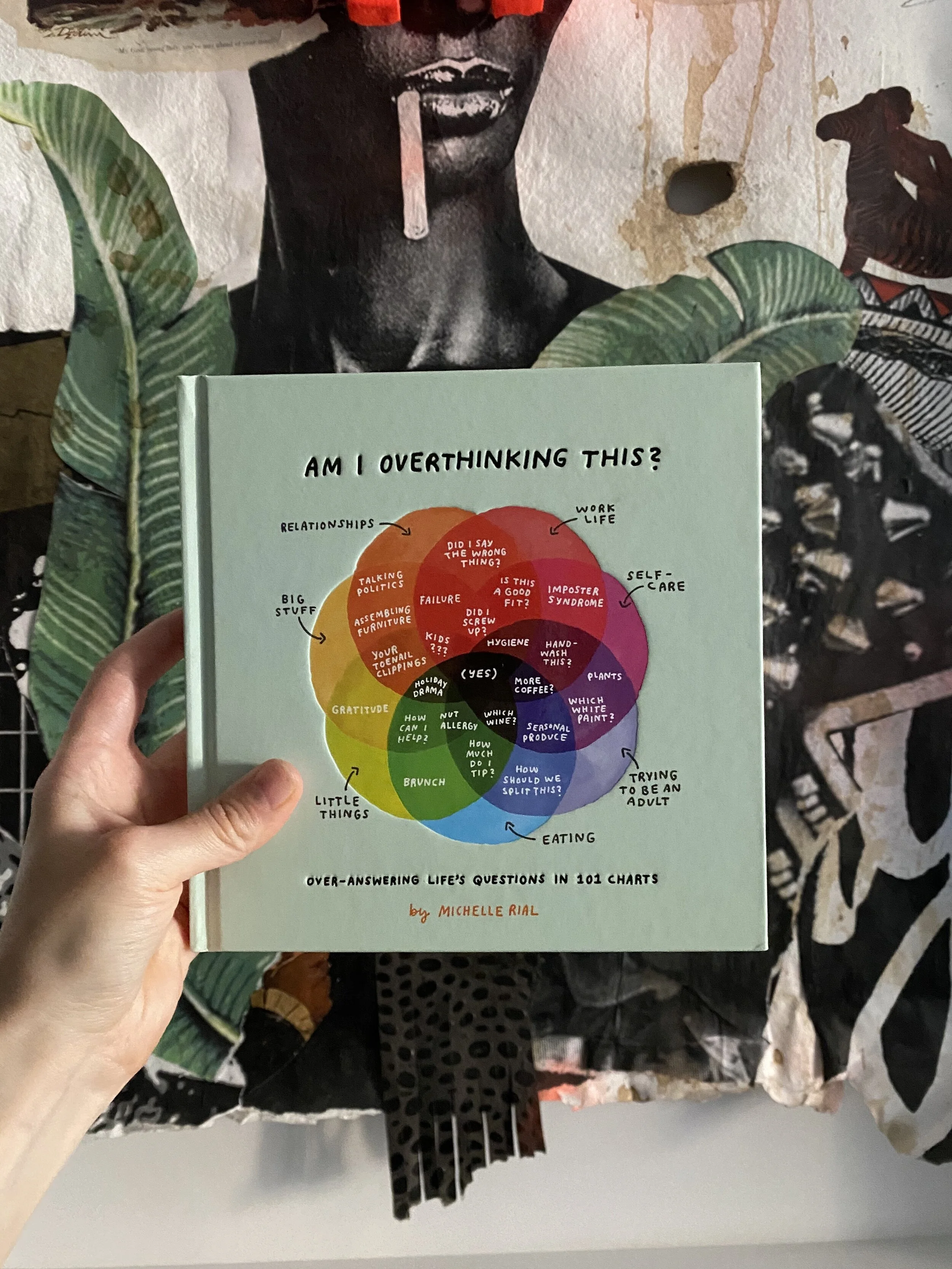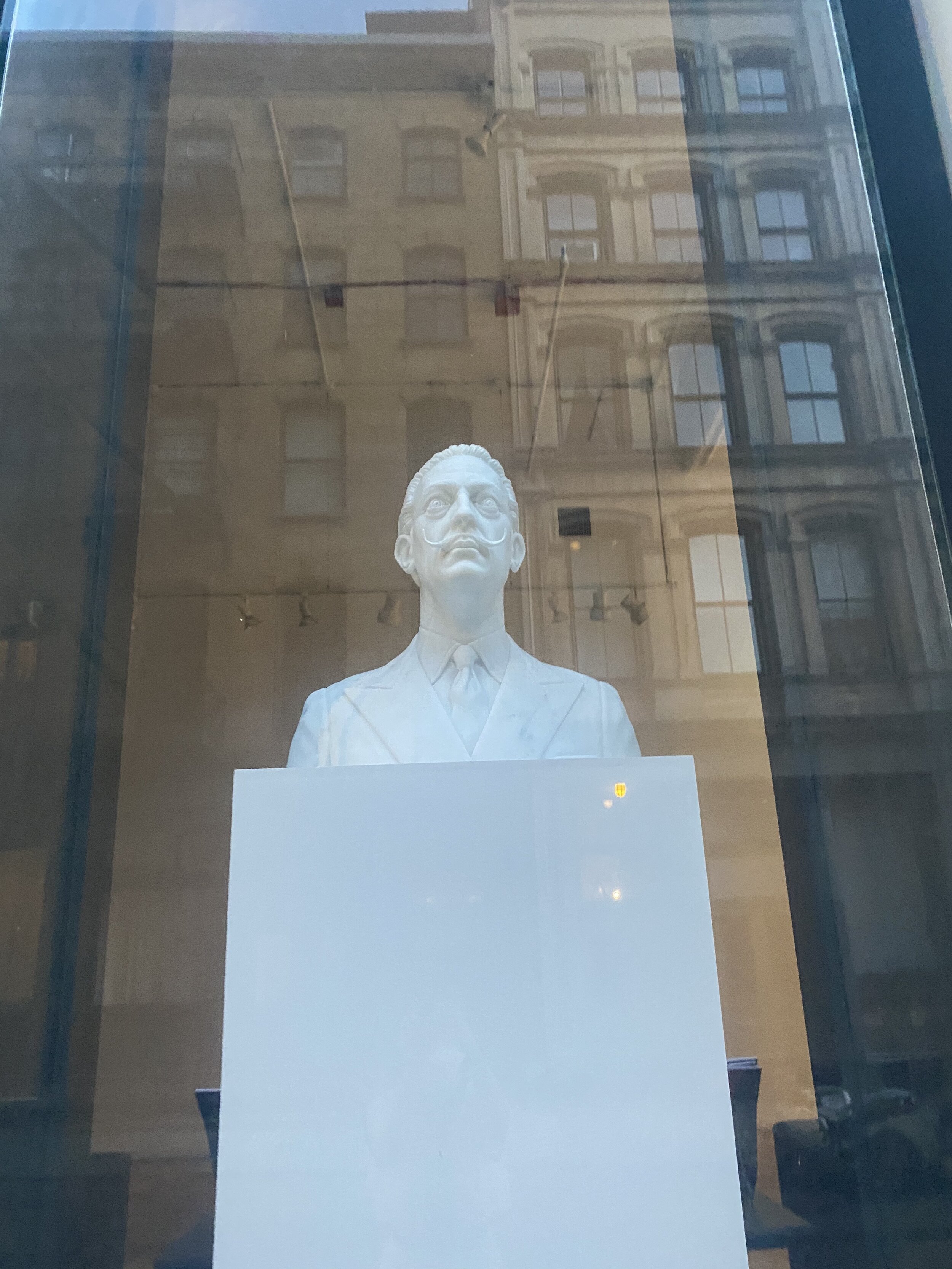On a clear June night in 2018 I was climbing Yanapacha. On the descend me and my guide Alfredo went into a long discussion about Peruvian politics. And by long, I mean long - it took us about 6 hours to base camp and another 3 hours to the road to get transportation to the city. He has recommended the book that is supposed to be high-school requirement “Essays on Peruvian Reality”. I ordered the book but managed to read it only this week. Here is my favorite quote:
“Society strives to organize itself as a society of workers and producers. Therefore work cannot be thought of as servitude; it must be given stature and dignity. The dignity of work should not be interpreted as an egoistic sentiment peculiar to Western civilization. Scientific research enlightens us as much as a spiritual intrusion. Mans’ destiny is to create. Work is creative, liberating. Man fulfills himself in work. “
Jose Carlos Mariategui
💻 JOMO - joy of missing out.
A fellow ITP camper has assembled a fantastic body of volumetric art work. It is mesmerizing, meditative and hypnotic. And while these works are better in person, here is the link to enjoy online
Human performances fall into standard categories, unchangeable for centuries: opera, theater, concert, ballet. Sure, some performances have been creatively incorporating technology for lighting and stage design but the main formats have remained largely undisturbed. For the last couple of years, film festivals tried to incorporate XR (Extended Reality) storytelling as part of the program with a mixed success rate. But in the spring of 2020 with the termination of in-person live performances and global home confinement, the performing arts have changed forever. At first, people stared at the screens to watch nostalgic MET operas re-runs and live performances by artists from there living rooms. Yet, human creativity thrives under constraints and new forms of performances are emerging. On the one hand, the new performances can reach more people, disregarding country borders, space capacity, and time zones. On the other hand, we struggle with audience participation, delays, cut-offs, 2D flat surface, and additive light from the screen. As performances move online what do we gain or what do we lose?
Zoom(or any other conference tool) as a platform for performances is almost too obvious. A more inventive version of digital plays was produced by the Public Theather, What Do We Need To Talk About? where the play was presented entirely as a Zoom chat. The cast is homebound, performing live and in character, enacting the type of socially distanced get-together that has suddenly become an integral part of 21st Century living.
But live performances are more than just recordings or broadcasts. Audience engagement is crucial for performance. Platforms like Twitch allow for more engagement and collaboration with the audience. And while digital mediums do not allow for traditional audience-performer relationship maybe we can leverage these new mediums to create new terms of engagements? How do we make people feel close, sense textures, experience the same time, lean forward and focus? How can we leverage on the internet, the keyboard, the mouse, the camera? WebSockets, WebRTC, ml5 (Face Tracking, Hand Tracking) There are no solutions, but the fact that people think about it is truly amazing.
Some “socially distant” performances did not try to migrate online. Instead, they provided a new alternative: indulging in performance by yourself at home. “Bathtub performance” allows people to purchase sounds and scents to enjoy in their bathtub as a curated performance. In Buenos Aires “Take- out dinner theater” provided a complimentary recording with a take out dinner. Just because it’s 2020 it does not need to be online.
* An interesting discovery in digital performance space was Monomyth platform. The platform is currently in MVP, so my description here will be pretty anecdotal. The basic idea is that a playwright can upload a play, select digital characters and the engine will render the performance. No need to learn cumbersome interaction design in Unity. No need to hire actors and rent a stage. And your play is just ready. As I watch the demo I am wondering what would Ibsen or Moliere think about this future way of creating the plays. The video of MVP is available here
VR (Virtual Reality) is zealously trying to position itself as the medium for interactive performances. VRChat(a VR social app used for digital gathering) can be used by actors to rehearse and perform or stage an interpretive dance. Multiple projects showcased imaginative use of avatars with a new twist on futuristic costume design. But all the new XR experiences require a different approach to developing the storytelling techniques since they are experienced by users not from a sit in a theater, but from a more personal embodied virtual world. I anticipate many courses in “immersive stage design” and new theories of non-linear storytelling.
“Masterpieces are noted for their accessibility; they are not the heritage of chosen few but of all men of good sense. Homer and Cervantes are democratic geniuses: a child understands them. The talents that claim to be aristocratic and incomprehensible to the multitude use abstruse form to conceal emptiness. Look at the great writers who shook men’s souls in the sixteenth and eighteenth centuries, especially Voltaire, whose prose was as natural as breathing, as clear as distilled alcohol”.
Ibid from “Essays on on Peruvian Reality” by Jose Carlos Mariategui
To write accessibly, clearly and simply is hard. My weekend discovery is the experimental website [Under the Dog Star] that contains writing exercises are intended to help writers explore unusual and unconventional modes of expression, voice, and structure.
June 2020, NYC. Soho has converted from open-air mall into open-air gallery.





